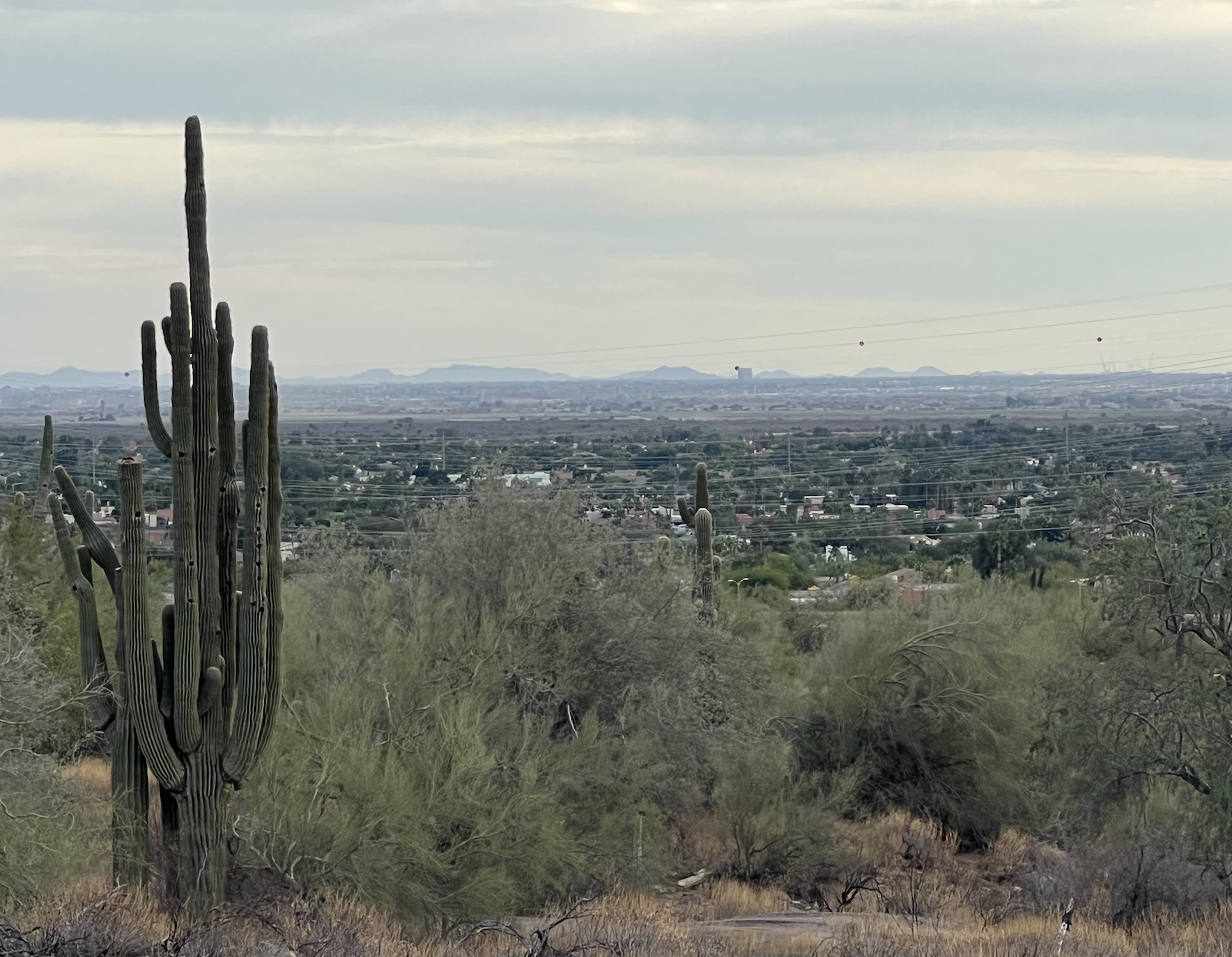Every four years, FSPA, the Franciscan Sisters of Perpetual Adoration, elect a new leadership team to guide their community. A President, a Vice President, and three Mission Councilors. This team takes on issues including corporate relations, canonical relations, community vision and direction, and individual and collective spiritual well-being. They make tough decisions about right-sizing, where to allocate resources, and in some cases, declining membership.
This past weekend Teresa Posakony and I continued our work with FSPA, hosting a Discernment Weekend for the twenty sisters that remain nominated for the new team. Discernment is an ongoing process. Sisters were nominated last fall. They are required to meet in discernment circles with their local communities. They can opt out an any point. Formally, after this weekend, they will need to declare their intent for the upcoming Election Assembly.
So, how to you help a group of people get clarity on this? To taste some of the excitement? To be honest about the sacrifice required? Teresa and I led them through processes that focused on six questions.
1. What is the yes that brings you here now? — It is not enough to be assigned to these leadership positions, though most of them would be willing to do so. What we wanted to encourage in them was clarity. A clear yes. Or a clear no. Not just a response from obligation. This question began to tease this out, the respect and appreciation that they have for each other and their community.
2. What needs to move now in the FSPA community? — This question helped to animate the momentum experienced from their General Assembly last summer. The theme then was Risk Boldly the Future. This is the leadership climate that they are potentially signing on for.
3. How do you match up with this leadership landscape, gifts and challenges? — I loved this circle. It was a time to be honest about what each person brings, what energizes them. And, what context each of them feels challenged in, or feels depleted in. Really important to witness in front of each other.
4. What are your interests in relation to the jobs? — We used simple dots. What do you feel excited about being a part of. It gave a visual indication of who likes to do what so that they would have a better chance of organizing around strengths.
5. What are your interests in relation to the leadership qualities? — Similar to the above, this one also gives them a view of what qualities they have, and an honest assessment of what they don’t have.
6. Is there anything that needs to be cleared? — It is not uncommon for groups to have unspoken elephants that need to be given some attention. To keep the process real, they spent some time on this.
With these questions, held primarily in circles and small knee to knee huddles, we left them in their discernment. Within two weeks, they will declare if they are in or not. And then, we will engage their larger group of delegates into a voting process in March. I’m happy to be a part of it with them.
